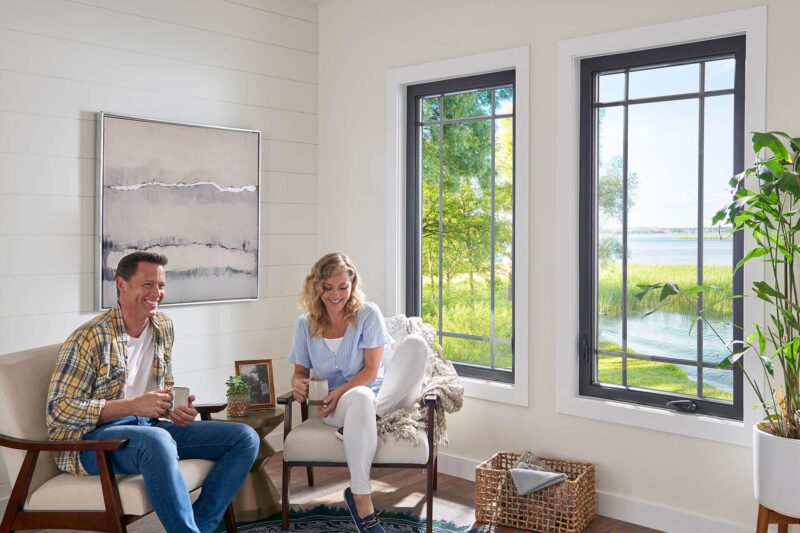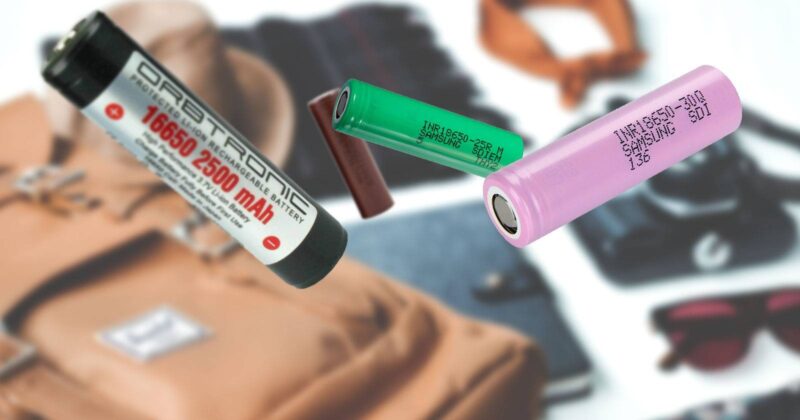In today’s world, making energy-efficient choices in your home is more crucial than ever. Whether you’re nestled in a bustling urban environment or a serene suburban neighborhood, upgrading to energy-efficient doors and windows is a smart move that can significantly enhance your comfort while reducing energy costs.
By investing in these upgrades, you can save considerably on heating and cooling bills, often recouping your investment with returns of 74% or more.
This guide will provide you with essential tips on navigating the journey of selecting energy-efficient windows and doors, emphasizing the importance of certification labels like ENERGY STAR and performance ratings from the National Fenestration Rating Council (NFRC).
Equip yourself with the knowledge needed to make informed decisions that will benefit your home and the environment.
Key Takeaways
- Energy-efficient doors and windows help lower heating and cooling expenses.
- Investing in these upgrades can yield a high return on investment.
- Look for credible certification labels like ENERGY STAR.
- Understand performance ratings from NFRC to guide your choices.
- This guide aims to help you choose the best products for your home.
Understanding Energy Efficiency Ratings
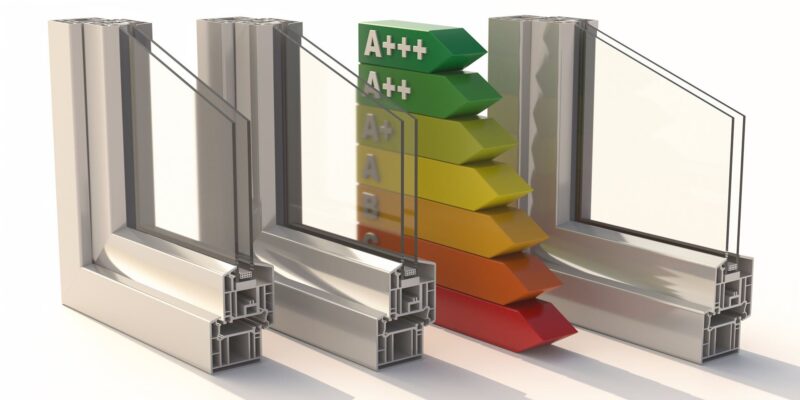
When selecting energy-efficient windows and doors, it is crucial to understand the various energy efficiency ratings that influence your choices. This knowledge enables you to make selections that align with your specific climate needs and preferences for comfort.
U-Factor
The U-Factor quantifies how effectively a window or door retains heat. Measured in terms of thermal transmittance, lower U-Factor values indicate superior insulation performance. When evaluating energy-efficient windows, aim for products with a U-Factor of 0.30 or lower, particularly in colder climates where heat retention is vital.
Solar Heat Gain Coefficient
The Solar Heat Gain Coefficient (SHGC) measures how well a window or door blocks heat from sunlight. A lower SHGC value works best in warm climates, where minimizing heat entry is essential. For regions that experience higher temperatures, choose energy-efficient windows with SHGC ratings of 0.25 or less to enhance comfort and reduce cooling costs.
Visible Transmittance and Air Leakage
Visible Transmittance (VT) refers to the amount of visible light passing through a window. Higher VT ratings allow more natural light, which can lead to reduced reliance on artificial lighting. In contrast, Air Leakage measures the amount of air infiltrating around the window or door frame. Sealing gaps and selecting products with low Air Leakage ratings are critical for maximizing energy efficiency.
| Rating | Ideal Value | Purpose |
| U-Factor | 0.30 or lower | Heat retention performance |
| Solar Heat Gain Coefficient | 0.25 or lower | Reduction of solar heat entry |
| Visible Transmittance | Higher numbers are favorable | Maximizing natural light |
| Air Leakage | Lower values are essential | Minimizing air infiltration |
Features of Energy-Efficient Doors and Windows
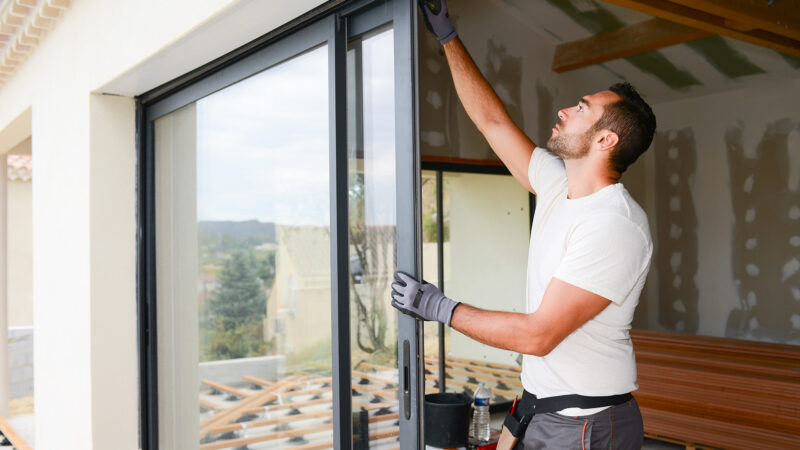
When selecting energy-efficient doors and windows, understanding their essential features can greatly enhance your decisions. Each aspect contributes to the overall performance and efficiency of your home. The following sections will explore ENERGY STAR Certification, material choices, and glazing options.
ENERGY STAR Certification
Doors and windows bearing the ENERGY STAR Certification represent products that meet stringent energy performance standards set by the EPA. Choosing energy-efficient doors with this certification guarantees a level of reliability. Such products generally reduce energy consumption, lower utility bills, and enhance comfort within your home.
Material Choices
Your choice of materials significantly impacts energy efficiency. Insulated wood, fiberglass, and composite materials are preferable options as they provide superior insulation compared to traditional metal. These material choices effectively minimize thermal transfer, ensuring a comfortable indoor environment throughout the year.
Glazing Options
Different glazing options play a crucial role in energy efficiency. Techniques like double or triple glazing utilize inert gases between the glass panes to improve insulation. Utilizing Low-E (low emissivity) glass raises performance standards further by reflecting heat back indoors, thus optimizing your heating and cooling needs.
| Material | Insulation Quality | Durability | Cost |
| Fiberglass | Excellent | High | Moderate to High |
| Insulated Wood | Good | Medium | Moderate |
| Composite | Very Good | High | Moderate to High |
| Metal | Poor | High | Low to Moderate |
A Buyer’s Guide to Energy-Efficient Doors and Windows – What to Consider
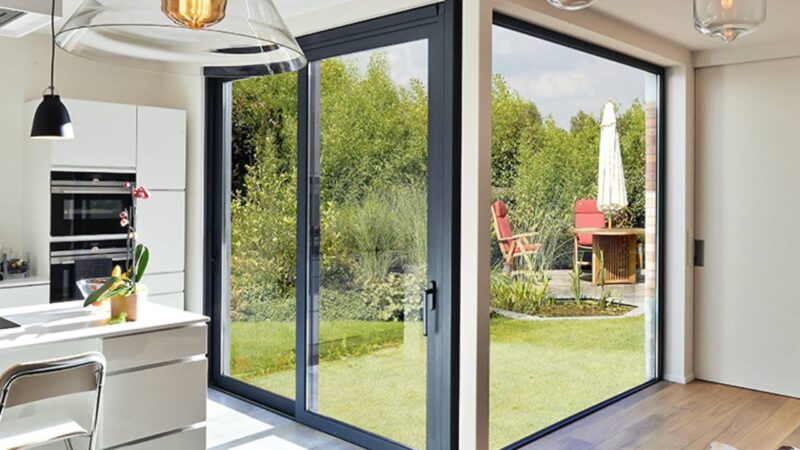
Budget Considerations
When exploring energy-efficient door and window features, establish a clear budget. Consider initial costs as well as potential savings on energy bills over time. Typically, energy-efficient products may have a higher upfront cost but can lead to significant long-term savings. It’s wise to evaluate both the price and the performance ratings of the products you’re considering, as this will influence overall value.
Installation and Maintenance
Quality installation plays a critical role in maximizing the benefits of your energy-efficient doors and windows. Selecting reputable professionals can ensure proper fitting, which is vital to maintain energy efficiency.
Additionally, plan for ongoing maintenance; understanding the requirements for upkeep will help sustain the performance of your investment. Regular checks for air leakage or moisture issues can prolong the lifespan and efficiency of your features.
Customizing Your Choices
Customization offers a chance to tailor your energy-efficient doors and windows to match your home’s aesthetic. Options abound, from colors to styles, allowing you to integrate decorative grilles and hardware.
This personal touch not only enhances visual appeal but also helps create a cohesive look throughout your residence, ensuring that energy-efficient door and window features align perfectly with your design preferences. For more information on custom energy-efficient options, visit here.
Conclusion
In conclusion, investing in energy-efficient doors and windows represents a significant step towards transforming your home into a more eco-friendly environment. These upgrades not only contribute to energy savings but also enhance your living space’s comfort and aesthetic appeal.
With the diverse options available today, you can choose eco-friendly doors and windows that meet your design preferences while also delivering on efficiency.
FAQ
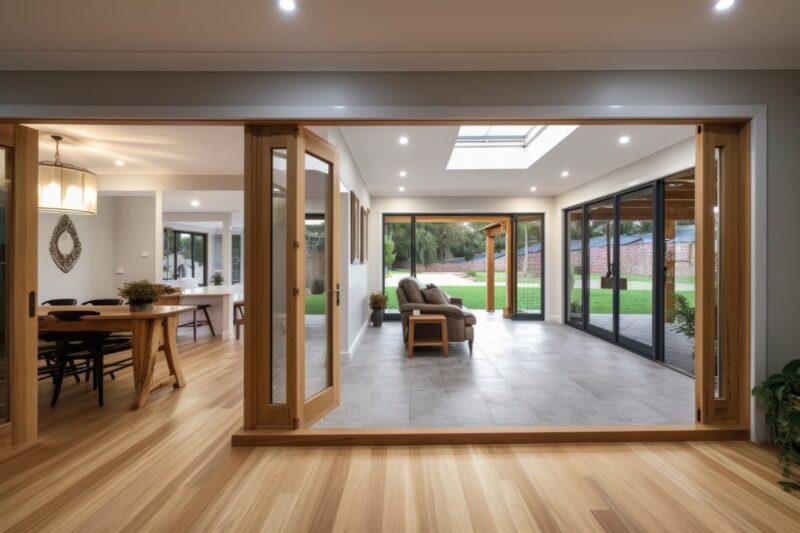
What are energy-efficient doors and windows?
Energy-efficient doors and windows are specially designed to minimize energy loss in your home, helping maintain indoor temperatures and reducing heating and cooling costs. These products often feature advanced materials, energy ratings, and technologies for improved performance.
How can I identify energy-efficient products?
Look for certification labels such as ENERGY STAR and performance ratings like NFRC. These labels indicate that the doors and windows meet specific energy performance standards, making it easier for you to find reliable energy-efficient options.
What does the U-Factor measure?
The U-Factor measures how well a product retains heat. A lower U-Factor value indicates better insulation properties, making it ideal for reducing energy consumption in your home.
What is the Solar Heat Gain Coefficient (SHGC)?
The Solar Heat Gain Coefficient measures how effectively a window or door blocks heat from sunlight. A lower SHGC value is preferable in warmer climates, as it helps keep your home cooler and reduces the need for air conditioning.

